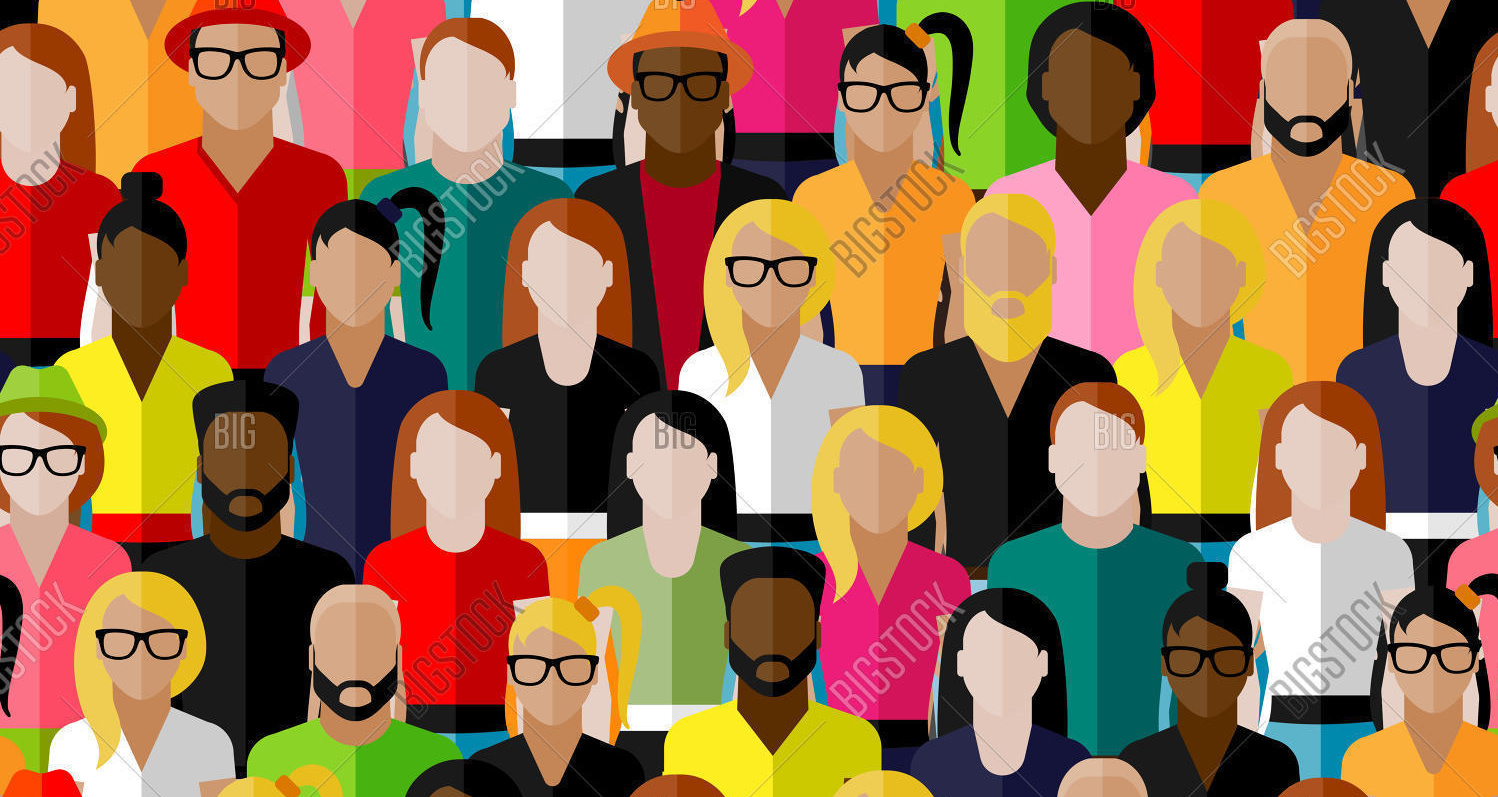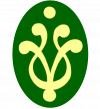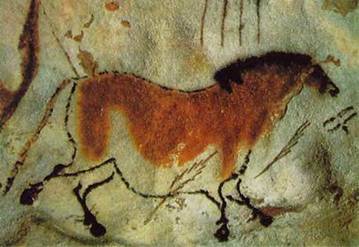
Stories, like works of visual art, are highly organized models of reality that the narrator and listener/viewer alike can repeat. Stories extend our experience by giving us opportunities to anticipate hypothetically the world and its dangers and possibilities. We can turn stories over in our own minds examining relations between characters acting in different social and environmental settings. We playfully can test the given information. Story-telling is a low-risk way of solving survival problems in the imagination. This capacity gives story-telling and art a survival value. Story-telling and art enable us to model our world and to communicate those models to others.
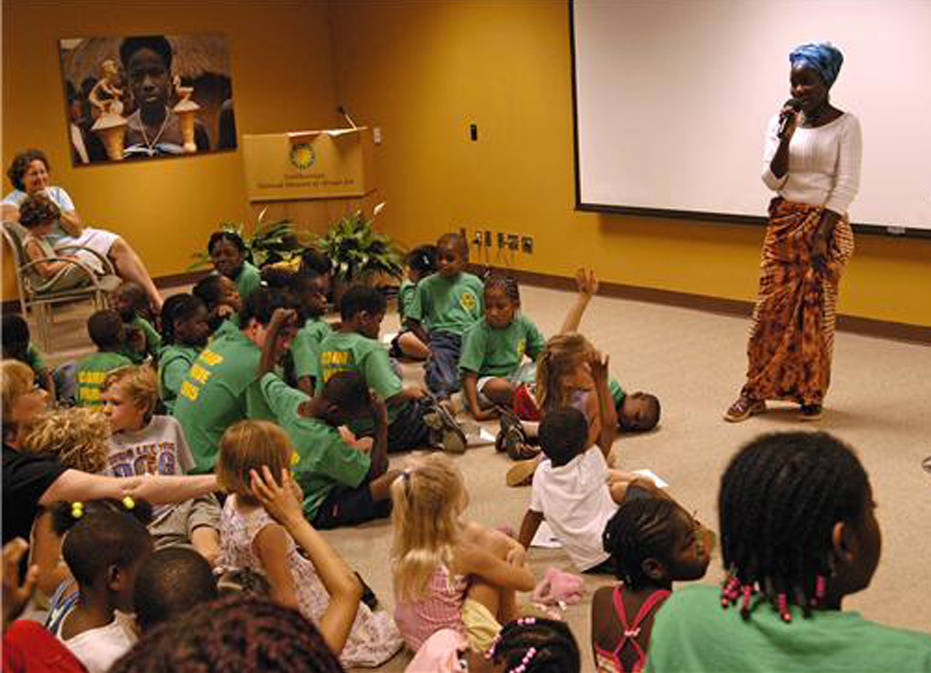
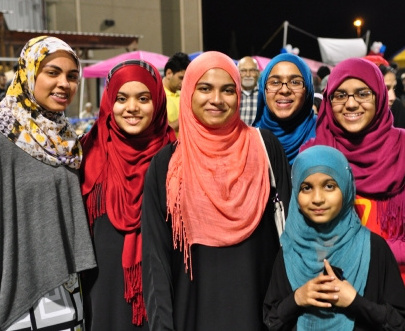
Story-telling and art foster bonds between people, like social glue. They strengthen the group as a whole. Perhaps the most outstanding feature of art in primitive societies is that it is inseparable connected to daily life. In our era daily life becomes less locally and more and more globally influenced. In my opinion there is an increasing necessity to find new ways of looking at our global human behaviors. Our local adaptations seem to need some updating. This creative updating asks for independent artists that are capable of connecting the existing different worldviews within their universal art. In an authentically artistic way they can become initiators for our era in connecting people, groups and societies worldwide.
Carolina Wajon, as an artist, is orientated in this authentically artistic way. Daily life and universal human themes are her interests. Her visual art is focused on what we have in common as human beings living on the same planet. Just as the artists within their primitive tribes did long ago. Only now towards a new global vision of the value of daily life for everyone.
Cornelis Huijskens, Dutch psychiatrist, 2014, summer in France.
